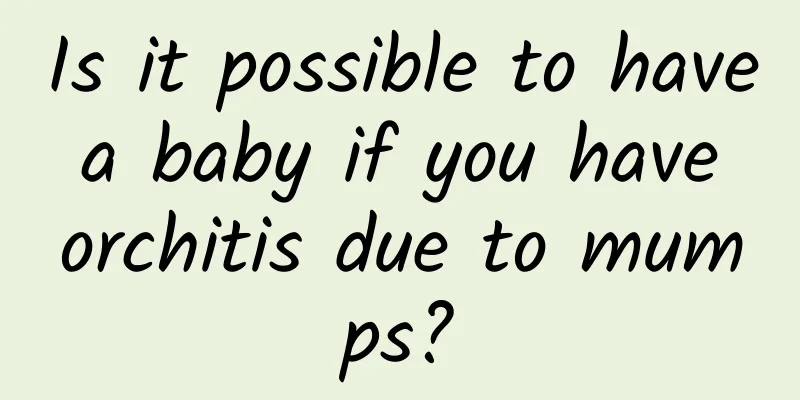Why are newborns prone to jaundice?

|
Almost all babies born will have jaundice. We know that the cause of jaundice is the increase in the level of bilirubin in the blood, and bilirubin is a product of the death process of red blood cells. There are three main reasons for the increase in bilirubin: First, the fetus cannot breathe on its own in the mother's body, so it needs more red blood cells to transport oxygen. After birth, it comes to an oxygen-rich environment, so it no longer needs so many red blood cells, and the body will actively break them down. In addition, the life span of a baby's red blood cells is shorter than that of an adult, which leads to a large number of red blood cell apoptosis, causing the bilirubin level in the blood to rise. Secondly, a baby's liver's ability to metabolize bilirubin is only 0.1-1% of that of an adult, and it is unable to complete such a difficult task. Finally, the baby's intestinal flora has not yet been established, so it cannot convert bilirubin into probilinin and excrete it from the body. Instead, it is reabsorbed into the blood. Observation of jaundice in children and neonates Severe hyperbilirubinemia (bilirubin levels exceeding a certain defined value) may cause irreversible damage to the baby's nervous system and even brain damage. Therefore, the key to neonatal jaundice is to closely monitor the bilirubin level and actively prevent and treat hyperbilirubinemia. Observation of the condition Your baby will appear yellow because bilirubin accumulates in the skin. This usually happens 2-4 days after birth, with the skin and conjunctiva turning yellow. The yellow skin first appears on the face, then moves down as bilirubin levels rise, reaching the chest, abdomen, arms, and finally the legs and feet. This may be difficult to see for babies with darker skin. Some mothers ask, why can't I see that my baby is yellow? To observe the baby's jaundice, it must be done under good lighting conditions, preferably under natural light from a window. Gently press the baby's forehead or nose. If the skin looks yellow, it means that the baby may have mild jaundice. Press other parts of the body, such as the chest, buttocks, knees, etc., to judge the progress of the baby's jaundice. In addition, if your baby has the following symptoms at home, it may mean that the jaundice has worsened and you should take your baby to see a doctor immediately: The baby's knees or below the knees appear yellow, and the jaundice color deepens (lemon yellow to orange yellow); Your baby has trouble eating; Difficult to awaken; The baby is irritable and difficult to control; The baby's neck or body is bent backwards; If your baby develops jaundice within 24 hours of birth, it may be pathological jaundice, which can lead to severe hyperbilirubinemia and you should seek medical attention immediately. |
<<: Is honeysuckle effective in treating jaundice?
>>: What are the common causes of pathological jaundice?
Recommend
What should we be careful about in children with acute laryngitis?
Generally speaking, the incidence of acute laryng...
What tests are done to diagnose ADHD in children
The diagnosis of ADHD in children requires a comp...
What are the symptoms of diarrhea in children?
What causes diarrhea in children is also a concer...
Diagnosis and treatment guidelines for pediatric diarrhea
There are many factors in life that can cause chi...
What are the symptoms of jaundice?
Jaundice is common in patients with physiological...
What are the new dietary goals for Kawasaki disease?
What are the new dietary goals for Kawasaki disea...
Baby cough test allergic rhinitis
If your baby coughs and tests for allergic rhinit...
Can babies with indigestion eat chocolate? Chocolate can actually cause indigestion in babies
Mothers always want their babies to taste a varie...
What causes coughing and vomiting in children? How to treat coughing and vomiting in children?
There are many reasons why children cough and vom...
How to treat children's cough at night How to treat children's cough at night
If your baby coughs at night, you should control ...
What to do after a child coughs
When a child has a cough, he or she can take medi...
How to choose a hospital to treat polio?
Polio is a problem that troubles many parents. It...
What should we pay attention to when preventing and treating diarrhea in children? What kind of food should children avoid when they have diarrhea?
Children's diarrhea is caused by rotavirus in...
What are the symptoms of white spots
The symptoms of white spots are often confusing b...
Are the small red spots on the newborn's face eczema? How to treat newborns with eczema
The small red spots on the baby's face are mo...









